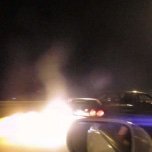Announcements
-
Similar Content
-
Latest Posts
-
By TurboTapin · Posted
Rb's have issues with bottom end starvation, not head starvation. Which either way, you probably wouldn't ever see on a dyno. Strange... What's pump gas for you? Octane rating? -
Stock cas right now not really in a rush to change it to the prp trigger kit unless necessary
-
I like the drag idea, and unfortunately I didn’t take a picture of the dyno sheet. I’ll try out my luck on the drag and see what I clock
-
yeah your correct i meant it as a low reading dyno and not a “heavy dyno” that’s just the slang people said to me so I repeated it here
-





Recommended Posts